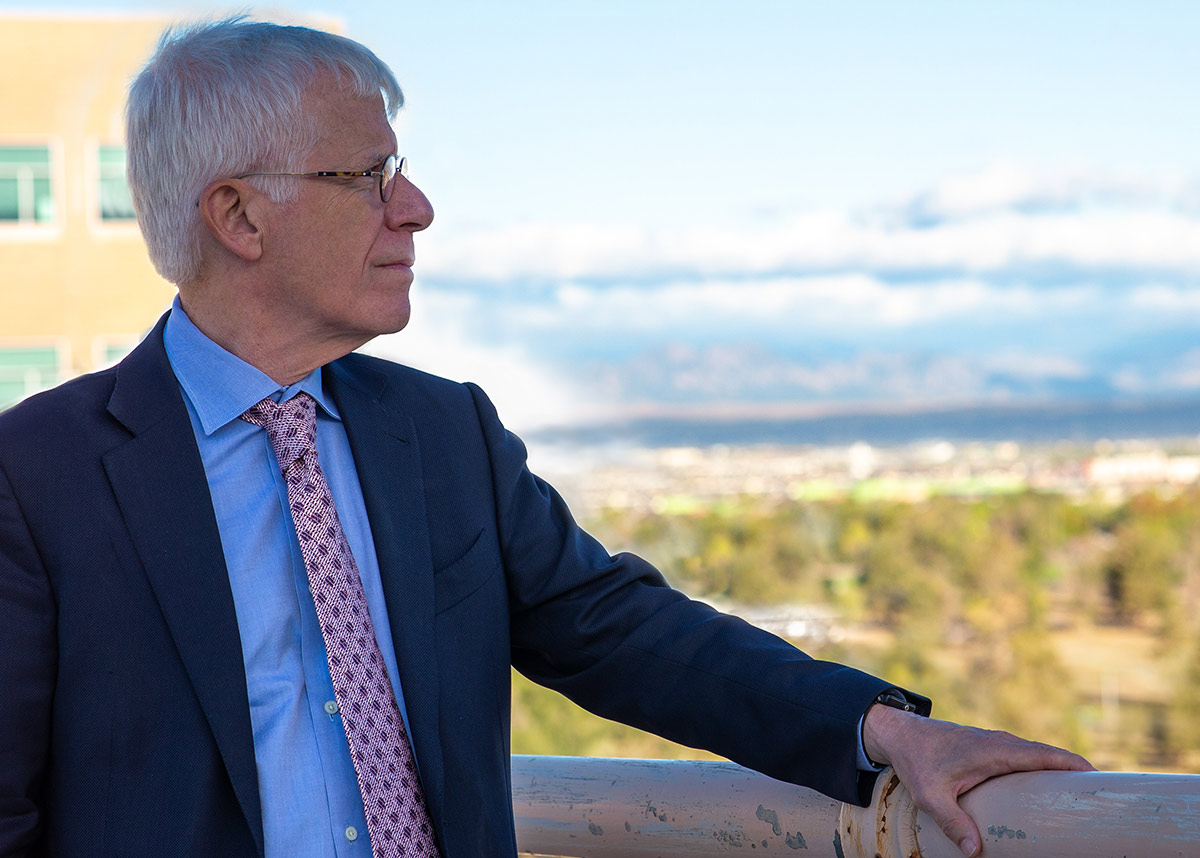The US COVID-19 death count reaches 700,000 – how many were avoidable?
Oct 4, 2021
The U.S. death count from COVID-19, already higher than that from the 1918 Great Influenza, has now reached 700,000. The global total, most certainly undercounted, is now at 4.55 million. The New York Times continues to provide graphics that tell the story. Deaths since mid-June are largely in the southern states that have been mask resistant and vaccine hesitant. The association between the rate of vaccination and mortality is clear; across the states, the mortality rate drops steeply and inversely with the vaccination rate. Florida, Mississippi, and Alabama have had the highest death rates over this interval, while Vermont, Maine, and New Hampshire have had the lowest. The percentages of adults fully vaccinated reaches from the low 40s to the mid 60s. Put simply, our public health measures work and not using them causes avoidable hospitalizations and deaths; how many can be estimated, and inevitably someone will do so.
Florida and its Governor Ron DeSantis remain exemplary of misdirected actions. I have commented previously on his efforts to undermine public health, attempting to block common sense measures such as school mask mandates with threats of cutting state funding. Fortunately, Florida appears to have turned an epidemic curve corner as its case and hospitalization rates are now falling. But wait and see, Florida’s newly appointed and well trained Surgeon General, Dr. Joseph A. Ladapo, has questioned the effectiveness of masks and seems lukewarm in supporting vaccination, along with signing onto the Great Barrington Declaration (refresh your memory here).
Further evidence that public health interventions work: findings that case rates in Colorado school districts with mask mandates are well below those in districts without mandates. With the return to in-person K-12 education, cases occur and classmates are inevitably exposed. Faculty colleagues with school age children are regularly being notified about cases in their children’s schools. The cell phone data show that adolescents seem to be mixing as much as they were in 2019, pre-pandemic. But there is good news—Pfizer has submitted its materials for Emergency Use Authorization of a vaccine for children ages 5 through 11 years.
Last week’s session in the collaborative series with the Denver Museum of Nature and Science focused on schools, schoolchildren, and vaccines. The participants included Dr. Sean O’Leary, pediatric infectious disease specialist at Children’s Hospital Colorado and Rico Munn, Superintendent of Aurora Public Schools. Listen to the session to grasp Munn’s leadership and dedication to Aurora’s schoolchildren, and to hear from O’Leary about the implications of being able to vaccinate almost all of them.
This week, I again suggest that the epidemic curve may bend soon in Colorado. It has now drifted downward for more than a week with the number hospitalized falling from 921 at its peak on September 14 to 829 on October 1. One obvious explanation is the rising immunity among the unvaccinated who have experienced high rates of infection. The Colorado COVID-19 Modeling Group previously estimated far higher rates of infection among the unvaccinated compared with the vaccinated. The CDPHE website now shows the percentage of those hospitalized and unvaccinated as 78% of the total.
A second explanation is an increase in the rate of full vaccination, now at 70.5% of those eligible in Colorado. Employer mandates are likely making a difference. In Denver, for example, high success rates have been achieved among city workers. As I write, I am flying on United Airlines, another vaccination success story. United’s CEO was motivated to implement mandatory vaccination after thinking through why an unvaccinated 57-year-old pilot died from COVID-19. Using education and inducements, and now a mandate, over 99% of United’s employees are vaccinated. Some will be terminated. But there are many reports of continued vaccine hesitancy and, of course, litigation.
Shouldn’t all public-facing people be vaccinated? The “freedom” of an individual to choose not to be vaccinated does not set aside the imperative to not infect others.

Jonathan Samet, MD, MS
Dean, Colorado School of Public Health


